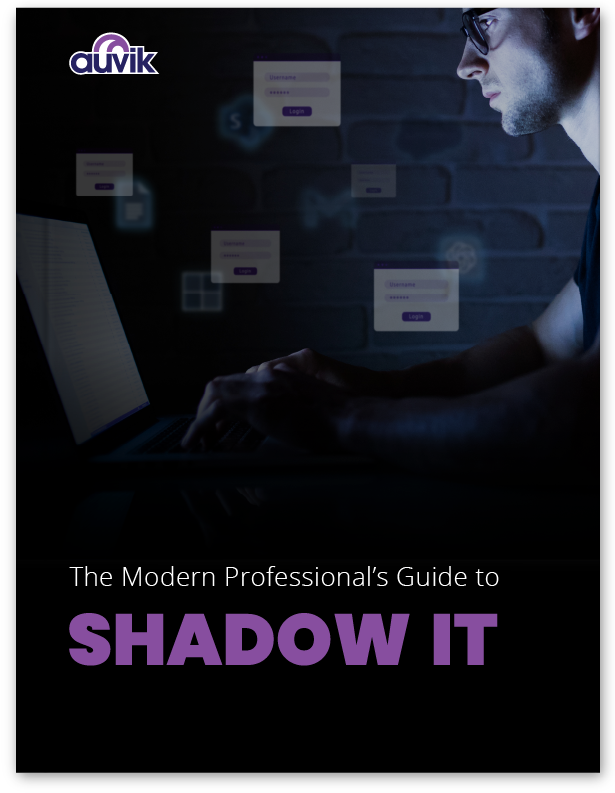[00:36] Joseph Landes, Chief Revenue Officer at Nerdio, is here to give us the low-down on Microsoft’s Windows Virtual Desktop, which has seen incredible growth over the last six months with so many workers going remote.
[01:04] Joseph spent 23 years in senior leadership positions at Microsoft, so he knows the company and the technology very well. At Nerdio, he helps MSPs and enterprises implement Microsoft technologies like Azure and Windows Virtual Desktop.
Listen here
Making the Move to Windows Virtual Desktop: Interview With Joseph Landes

[02:23] Microsoft came out with Windows Virtual Desktop in October of 2019. It’s almost like they had a crystal ball, because it has afforded companies and workers with an incredible ability to work remotely. The timing was perfect with so many displaced from their offices.
[03:33] This past quarter, Microsoft grew Azure by 50%. It’s a testament to the ability of the cloud to drive tremendous growth. The cloud is here now transforming businesses.
[05:04] If an MSP can’t think of one customer whose infrastructure should be moved to the cloud, it’s probably time to rethink that practice.
[05:27] Windows Virtual Desktop allows users to stream their Windows 10 desktop from the Microsoft Azure cloud. Joseph gives an example where call center employees were able to continue working at home using any device they had and accessing all of their call center software just by clicking on an icon on their device.
[08:44] Windows Virtual Desktop relies on the Azure security model. Microsoft has 10,000 people who work on Azure security.
[10:04] Joseph has seen MSPs deploy Windows Virtual Desktop on a company with as few as five employees and as many as hundreds of thousands of students, professors, and staff.
[11:29] A poor fit for WVD would be a company that doesn’t buy into the idea of employees being able to access data, files, and folders from any device anywhere.
[13:41] Windows Virtual Desktop is a Microsoft Azure service. So you’re streaming your desktop from the Microsoft Azure cloud. That means you have to purchase Azure. You also need an entitlement or permission to run WVD, which you would get through licensing Microsoft 365 Business Premium or Windows 10 Enterprise.
[15:21] If you use an automation platform like Nerdio, the roll out can be quite fast. If not, you would have to go into the Azure portal, determine your number of users, what the desktop image will look like, and more. Microsoft education resources and a background in virtual desktops is a great place to start.
Links from this episode
- How to Make Money With Microsoft Azure – FMSP 052
- Joseph Landes on LinkedIn
- Nerdio
- Microsoft cloud strength drives fourth quarter results
Listen here
Like what you hear? Listen and subscribe.


